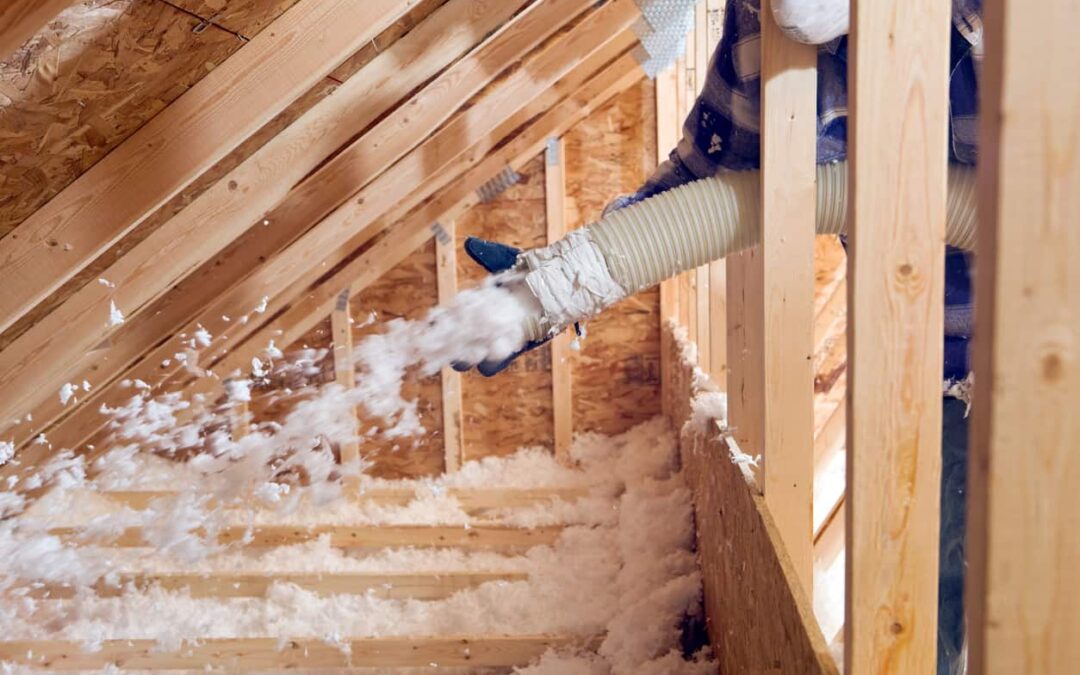Home improvement projects can be exciting, but one of the major challenges homeowners face is deciding whether to do it themselves or hire a contractor. While DIY projects can seem more budget-friendly at first, cost estimation plays a crucial role in determining the actual financial impact of your decision.
Many homeowners underestimate costs or make calculation errors, leading to unexpected expenses that can derail a project. Understanding the actual costs; both short-term and long-term can help them make informed choices that align with their budget, skill level, and project complexity.
This article compares DIY project costs to professional estimates and its related aspects that can impact decision-making.
DIY Home Improvement Costs – Is it Really Cheaper?
For many homeowners, saving money is the significant motivation behind DIY projects. Eliminating labor costs can greatly decrease expenses. However, the total cost of these projects goes beyond just materials. Homeowners must consider tool purchases, material waste, and unforeseen issues that can quickly add up.
One of the most common mistakes in DIY home improvement is miscalculating costs, which can lead to budget overruns and project delays. Many homeowners encounter these problems due to estimating errors in construction, such as underestimating material needs or overlooking hidden expenses.
Hidden Expenses in DIY Projects
Such projects often come with additional costs that homeowners may overlook in their initial budget estimate. Some everyday hidden expenses include:
- Tools and Equipment: A DIYer may need specialized tools, which can be expensive. Power tools, ladders, and safety gear add significant costs.
- Material Waste: Without pro experience, cutting errors and miscalculations can lead to wasted materials, increasing overall costs.
- Time Investment: A home improvement project takes time. The longer a project drags on, the greater the inconvenience and potential financial loss.
- Fixing Mistakes: If a mistake is made, a contractor may have to be hired later to redo the work, doubling costs.
The Risk of Estimating Errors in DIY Projects
Many homeowners underestimate:
- The amount of materials required
- The time and effort needed to complete the project
- The potential complications that could arise
Without industry experience, these errors result in wrong cost planning, making a DIY project more expensive than hiring a contractor.
Hiring a Contractor
Contractors provide detailed cost estimates that include material and labor costs, permits and inspections, and overhead and profit. Unlike DIYers who rely on rough calculations, contractors use professional tools and experience to estimate project costs precisely.
Many qualified persons use construction estimating software to avoid errors and ensure the final price is as close as possible to the estimate. More importantly, they factor in potential risks, such as structural issues or material price fluctuations, which DIYers often overlook.
Common Pitfalls in Contractor Estimates
Even though skilled estimates are more precise, unexpected costs can still arise. Some common issues are:
- Unforeseen Structural Issues: Hidden plumbing, electrical problems, or foundation issues can drive up costs.
- Scope Creep: Homeowners often request additional work mid-project, increasing expenses beyond the original estimate.
- Low-Ball Estimates: Some contractors may offer an unrealistically low quote to win the job, only to add hidden fees later.
This is why it’s necessary for householders to thoroughly review and compare contractor estimates before hiring a professional. If you need expert guidance in overseeing your renovation or build, consider seeking Construction project management help to ensure everything stays on track and within budget.
DIY vs. Contractor – Which One Saves More in the Long Run?
While DIY projects may have lower early costs, hiring a contractor can provide long-term savings by providing quality work that won’t require repairs or rework later. These projects may cost less initially, but mistakes can lead to expensive repairs.
Contractor-led projects may have higher upfront costs, but professional execution reduces long-term maintenance costs.
When to DIY and When to Hire a Pro
Specific projects are ideal for doing yourself, while others require an expert touch.
Best DIY Projects:
- Painting and wallpapering
- Simple landscaping projects
- Installing shelves or assembling furniture
- Minor tiling and flooring updates
Best Projects for Contractors:
- Electrical work (to avoid safety hazards)
- Plumbing (incorrect installation can cause costly water damage)
- Structural changes (load-bearing walls, foundation repairs)
- Roofing (improper installation can lead to leaks and insulation issues)
For complex projects, hiring a professional guarantees safety, compliance, and durability while preventing construction errors that could lead to accidental expenses.
Final Considerations for Homeowners
Before deciding between DIY and taking contractor’s services, owners should ask themselves:
- Do I have the skills and experience required for this project?
- Have I accurately estimated all potential costs, including hidden expenses?
- Do I have the necessary tools and safety equipment?
- Can I complete the project in a reasonable timeframe?
- What are the long-term financial implications of my decision?
Conclusion
Whether choosing DIY or hiring a contractor, homeowners must carefully consider the actual cost of a project before making a decision. While DIY can save money in some cases, underestimating costs, making mistakes, and running into unexpected issues can turn a simple project into an expensive ordeal. On the other hand, hiring a contractor provides expertise and accuracy, ensuring that estimates are as precise as possible to avoid budget overruns.

